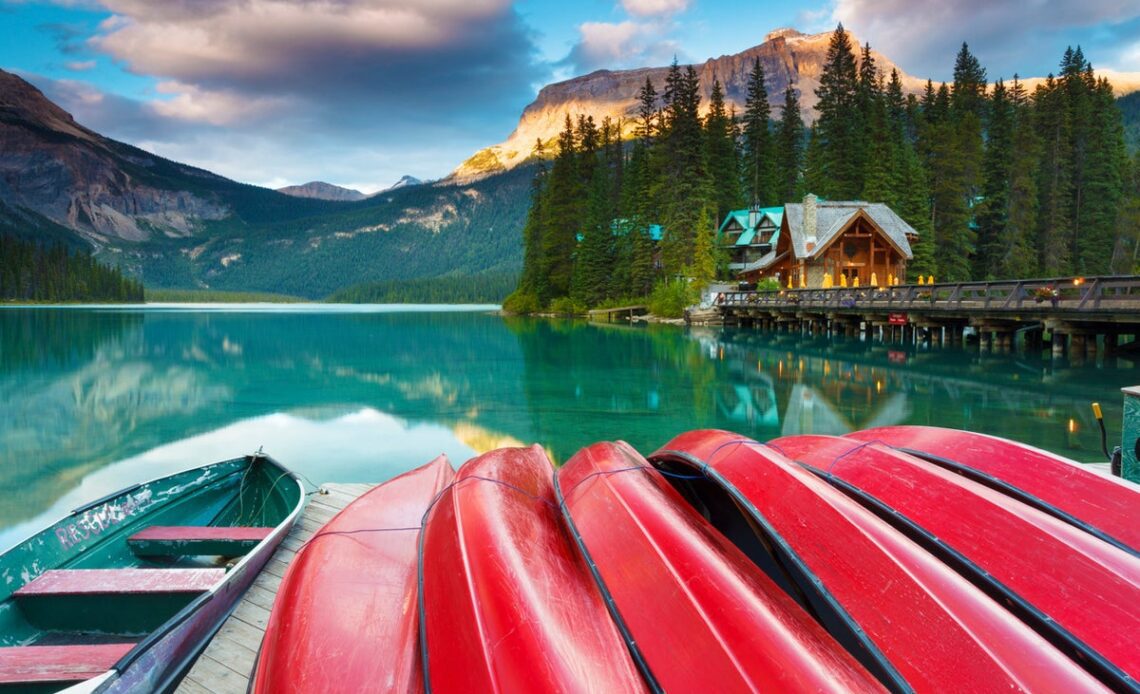Canada. The mind boggles. The world’s second largest country is almost the same size as Europe, but harbours just one-twentieth of its population. Stretched across tundra, prairies, mountains, and forests, you’ll find national parks the size of Switzerland and enough big fauna to populate the Serengeti. But this cradle of adventure and wilderness also comes equipped with plenty of 21st century comforts.
For every mining ghost town there’s a tech-savvy city; for every backcountry trek, a sophisticated neighbourhood stacked with trendy bars and boutiques. Enjoy the iconic maple syrup and the combative war-on-ice known as “hockey”; but find time for the lesser-known lures: nascent vineyards, surfing beaches, vestiges of the Vikings and the indigenous relics of Haida Gwaii.
Travel restrictions and entry requirements
As of 1 October, international travellers no longer have to show proof of vaccination to enter Canada, nor fill in the ArriveCAN pre-registration app. Random testing on arrival has also been scrapped. The Canadian government still recommends wearing a good quality mask on your plane to the country, though this is not enforced.
Best time to go
The best time to explore west-coast adventure haven British Columbia is between July and September, when the weather is warm and dry, and most trails and seasonal attractions are open. After Labour Day (first Monday in September), crowds quickly dissipate.
Ontario has long, bitter winters. The ideal time to visit is between June and October. In September and October, you can see fall colours transition through green, gold, maple and brown in Algonquin National Park.
The Yukon is particularly alluring around the time of the summer solstice in June, with long days and the opportunity to see the midnight sun in the far north.
While summer brings crowds and inflated prices, it’s also the best time to hit the lofty mountain ranges of the Rockies or British Columbia for snow-free hiking. In lower lying areas, consider indulging in outdoor activities during the shoulder months of May-June and September-October, when temperatures are lower and demand less excessive. Skiing is best in January and February, although still possible as late as mid-April in the larger snowier resorts such as Whistler.
Classic Canada-only holidays worth catching include Victoria Day (late May), Canada Day…
Click Here to Read the Full Original Article at The Independent Travel…
